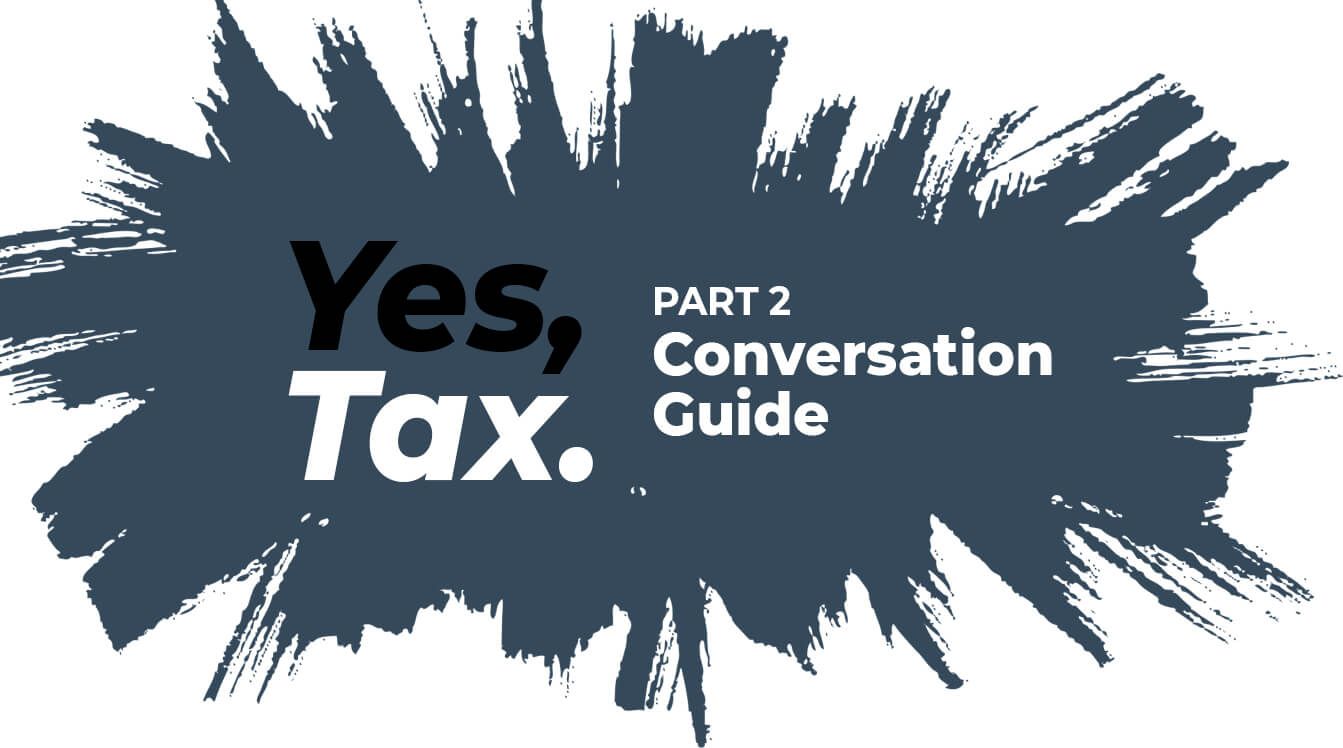
What’s your digital transformation strategy? Whether you’re in IT, finance, tax or the executive suite, if that strategy doesn’t include tax, you may be overlooking a huge source of risk – and strategic benefit. It’s time to consider launching a conversation about tax in a digitally transforming world. Which is why we’ve created the “Yes, Tax” conversation guide to help tax and IT navigate this journey together.
In this second installment of the “Yes, Tax” conversation guide, we look at what can get you and your team motivated to consider real action on modernizing tax compliance in your enterprise. If you’re coming to a meeting of the minds between IT and finance teams, here’s some motivation to further the conversation.
Here are a few ways to look at the benefits and risks to consider when it comes to tax modernization and IT transformation, presented to help you launch your own conversation.
Q. What new opportunities become available once we’ve transformed to modern, centralized tax?
A. You can start almost anywhere: sales and use tax, value added tax or other regimes, or IT efficiencies.
Detail: With a cloud-based, centralized tax solution, you can reap the benefits of the emerging generation of enterprise software solutions. Realize a host of new opportunities and benefits:
- Eliminate tax-related business disruptions caused by constantly changing e-invoicing regulations.
- Remove the time required to find and apply tax updates for VAT, GST or sales and use tax, and related fees.
- Realize faster and more accurate reporting and remittance for VAT in digital and non-digital formats, including MTD, Intrastat, EC Sales List, SAF-T, SII, Peru Libros and Mexico e-accounting.
- Streamline filing and audits based on the ability to summarize tax data faster and more accurately.
- Perform periodic summary reporting and remittance for thousands of state and local jurisdictions in the U.S.
- Gain insight and respond to tax and compliance trends within your organization
- Automate the collection and maintenance of sales and use tax exemptions, as well as the application of those exemptions to the tax determination process.
- Lower exposure to risk based on continuous controls and post-audit model e-invoicing compliance in countries where B2B businesses must validate invoices for VAT audit purposes.
- Redeploy resources to core business functions, including accounts receivable and accounts payable, and put more focus on supply chain and logistics enhancements.
- Ease your migration path to next-generation ERP systems, like SAP S/4 HANA.
Q. Conversely, what risks do we face if we continue to push tax transformation into the future?
A. In a word, audits – audits you may not be expecting and for which you may not be prepared.
Detail: In a world where more country tax regulators have access to your ledger all the time, you may well face more non-compliance issues and audits, with fast, digitally driven timelines attached.
To look at the manufacturing industry as an example, companies are seeing ever-greater frequency and scrutiny of audits. For a multi-billion-dollar manufacturer, a poor tax audit assessment in the United States can mean the difference between paying no penalties or paying tens (or hundreds) of thousands of dollars in penalties and interest per audit.
And while a penalty hit to your bottom line is painful, the hit to your corporate reputation may be even less pleasant. Country tax departments are getting better all the time at analyzing and using data to act on tax issues, but they’re also sharing more data with other governments, so a controversy can spread across borders quickly
Q. How should we value the risk and opportunities in the context of our current timelines for tax transformation?
A. Start by measuring the relative value of your priorities.
Detail: Once you have a shared vision for your tax transformation and a good feeling for how tax and ERP timelines can support (rather than clash) with each other, it’s time to prioritize your opportunities. Working with the office of the CFO to attach potential dollar amounts to risks and opportunities should help you determine which priorities are more closely connected to hard-dollar savings and ROI – and are therefore more critical – and which may be softer savings more tied to efficiencies and avoided risk.
Take Action
Ready to put a timeline to your modern tax priorities? Learn more about how piloting a tax transformation program can start in your enterprise in the third installment of the Sovos “Yes, Tax” series.
